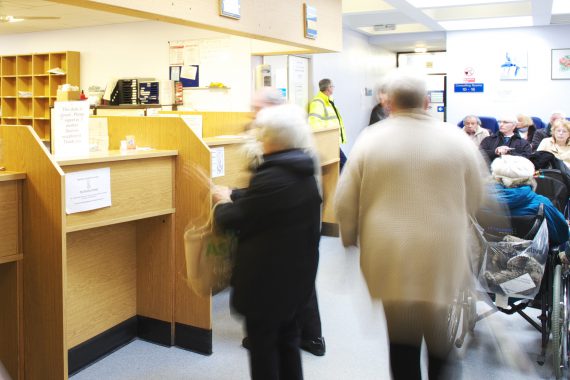Almost one in ten patients ‘never’ get to see their preferred GP

The latest GP Patient Survey has revealed that the number of patients who regularly get to see their preferred GP continues to decline.
NHS England’s ‘GP Patient Survey – National summary report’, carried out by Ipsos MORI, found that nearly half of patients (49.2%) have a GP they prefer to see – while just over a third (35.3%) ‘always or almost always’ get to see this GP. This figure has fallen from 41.9% in July 2012 and from 36.7% in July 2015.
The survey also found that only 8.3% of patients ‘never or almost never’ get to see their preferred GP.
Other findings included one in four patients – 26% – saying that it was not easy to get through to someone at the GP surgery on the phone.
It also revealed that 19.3% of patients who were able to get an appointment saw or spoke to someone a week or more later – 0.8% up on July 2015 (18.5%).
Overall, patient satisfaction levels practically mirror last year’s figures. Some 85.2% of patients described the overall experience of their GP surgery as ‘good’ – 0.4% higher than the 2014-15 results.
The GP Patient Survey 2016 compiled responses from more than 800,000 people across the country on their experience of healthcare services provided by GP surgeries, including access to GP surgeries, making appointments, the quality of care received from GPs and practice nurses, satisfaction with opening hours and out-of-hours NHS services.
NHS England conceded there were ‘areas for improvement’ with fewer patients reporting that they can usually see their preferred GP, and a reduction in the number of patients with one or more long-standing health conditions saying they had enough support from local services or organisations.
NHS England director of primary care, Dr Arvind Madan, said: ‘The GP Patient Survey shows patients appreciate the fantastic job GPs and the wider primary care work force are doing in challenging times.
’The findings also reinforce the case for investing in and strengthening primary care, exactly as we are now doing.’
Pulse July survey
Take our July 2025 survey to potentially win £1.000 worth of tokens











